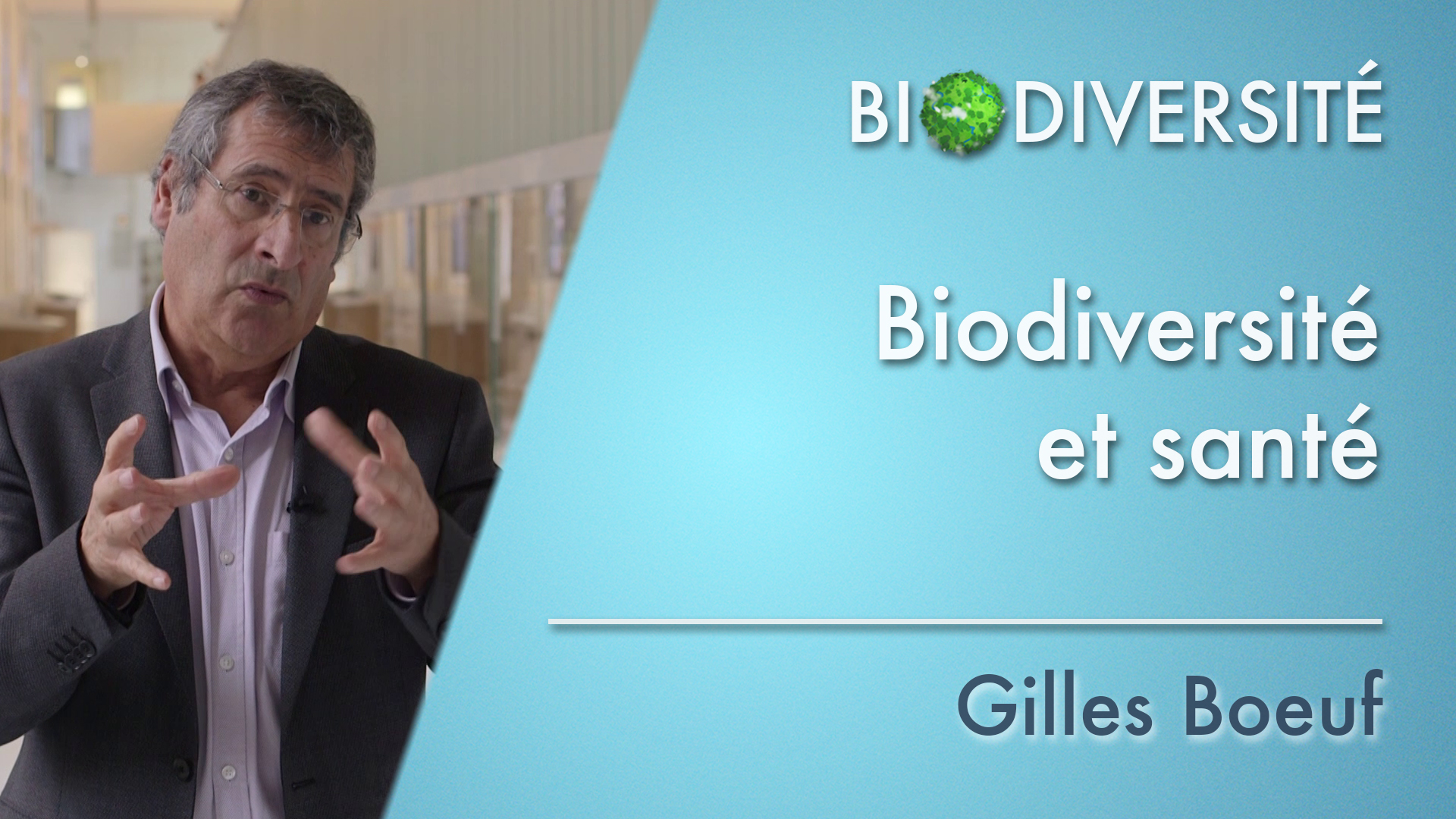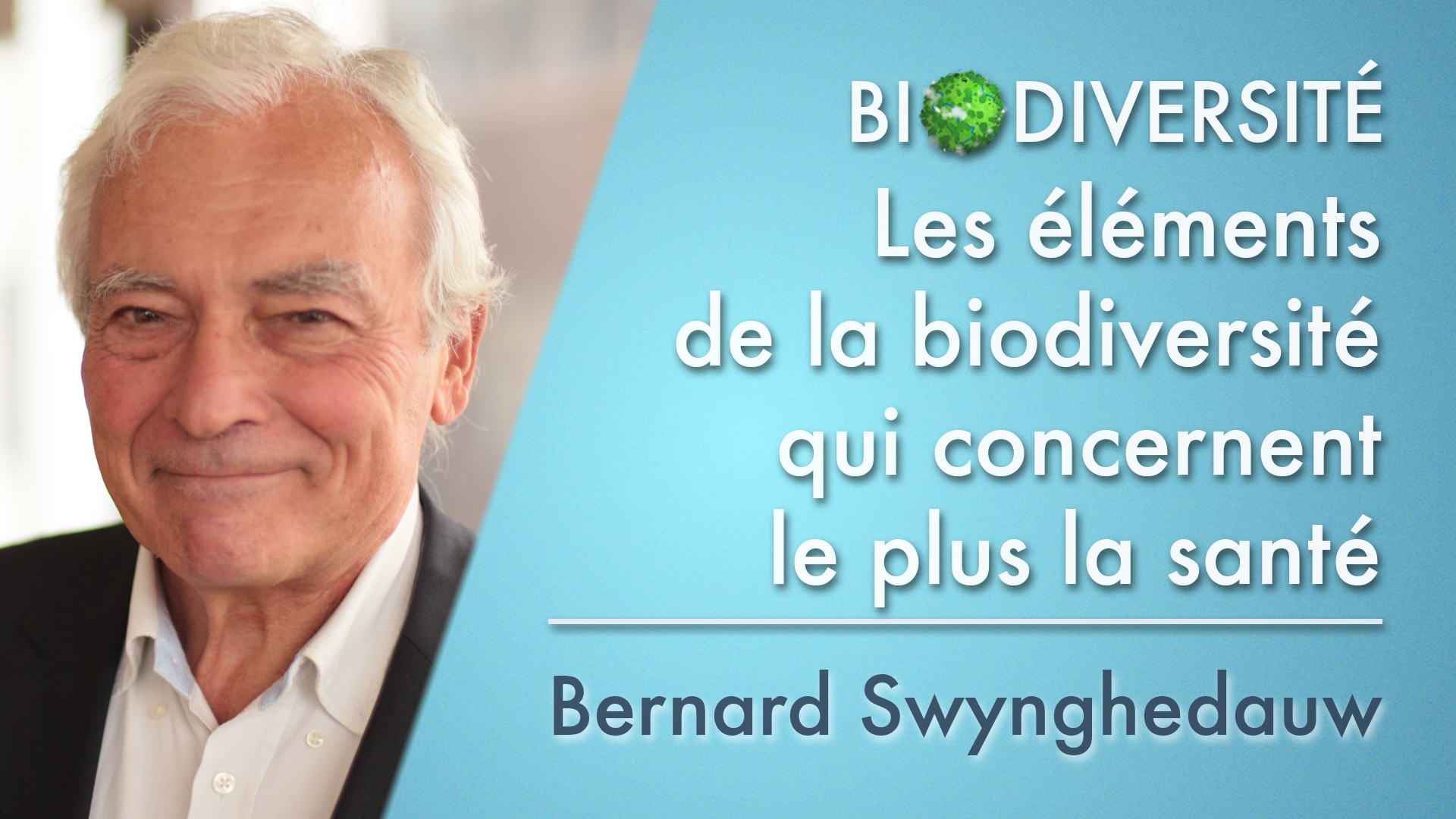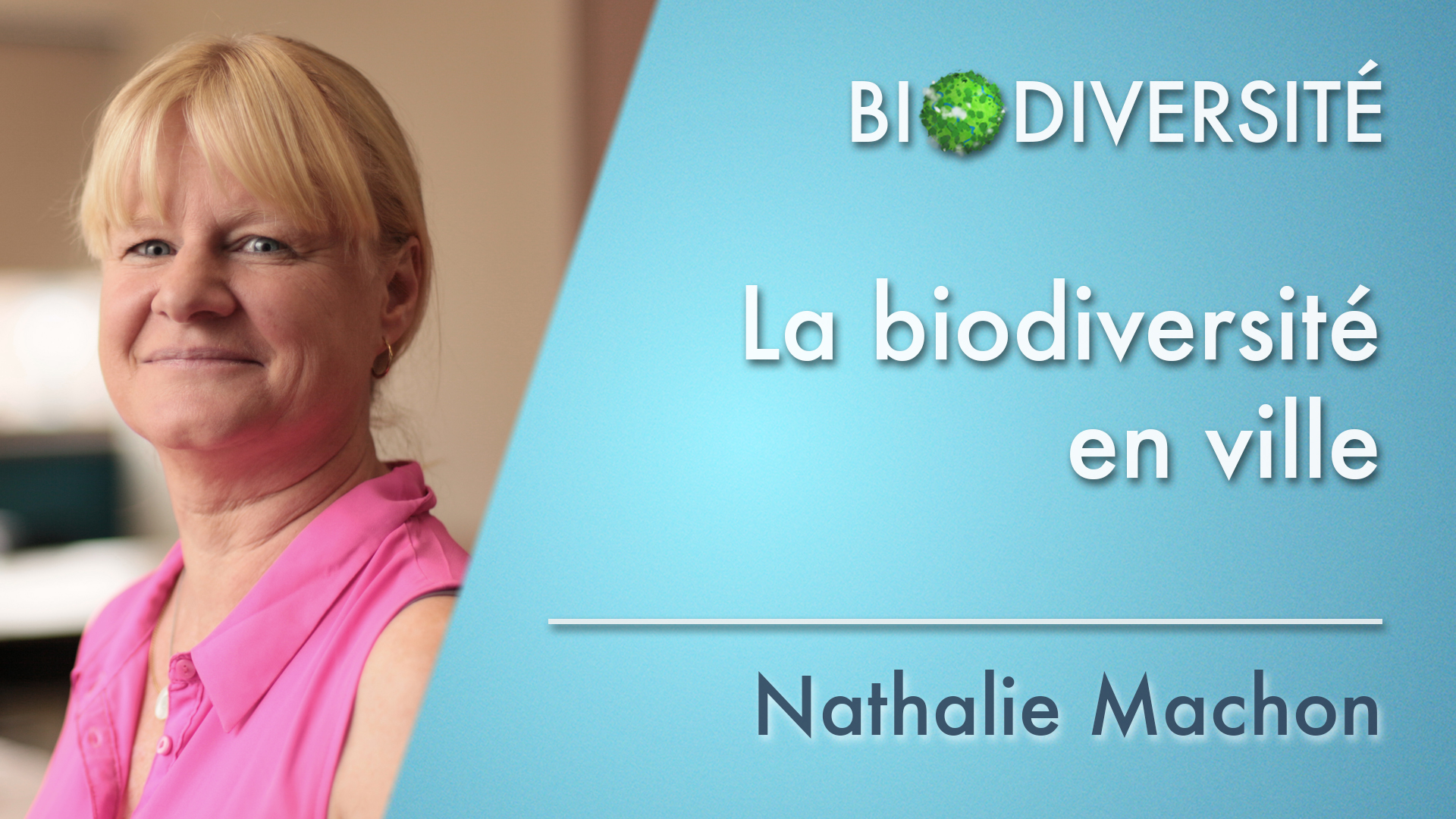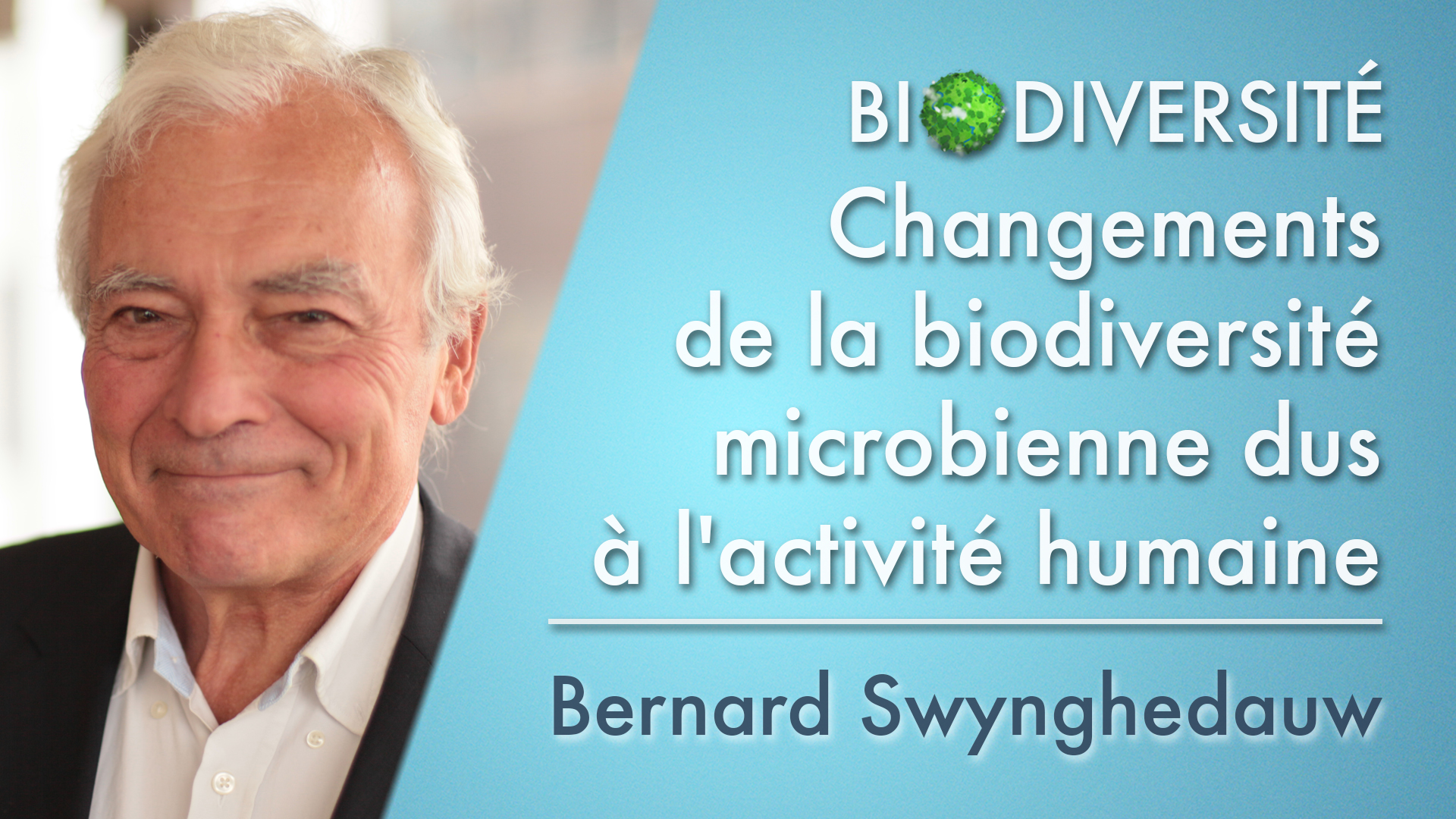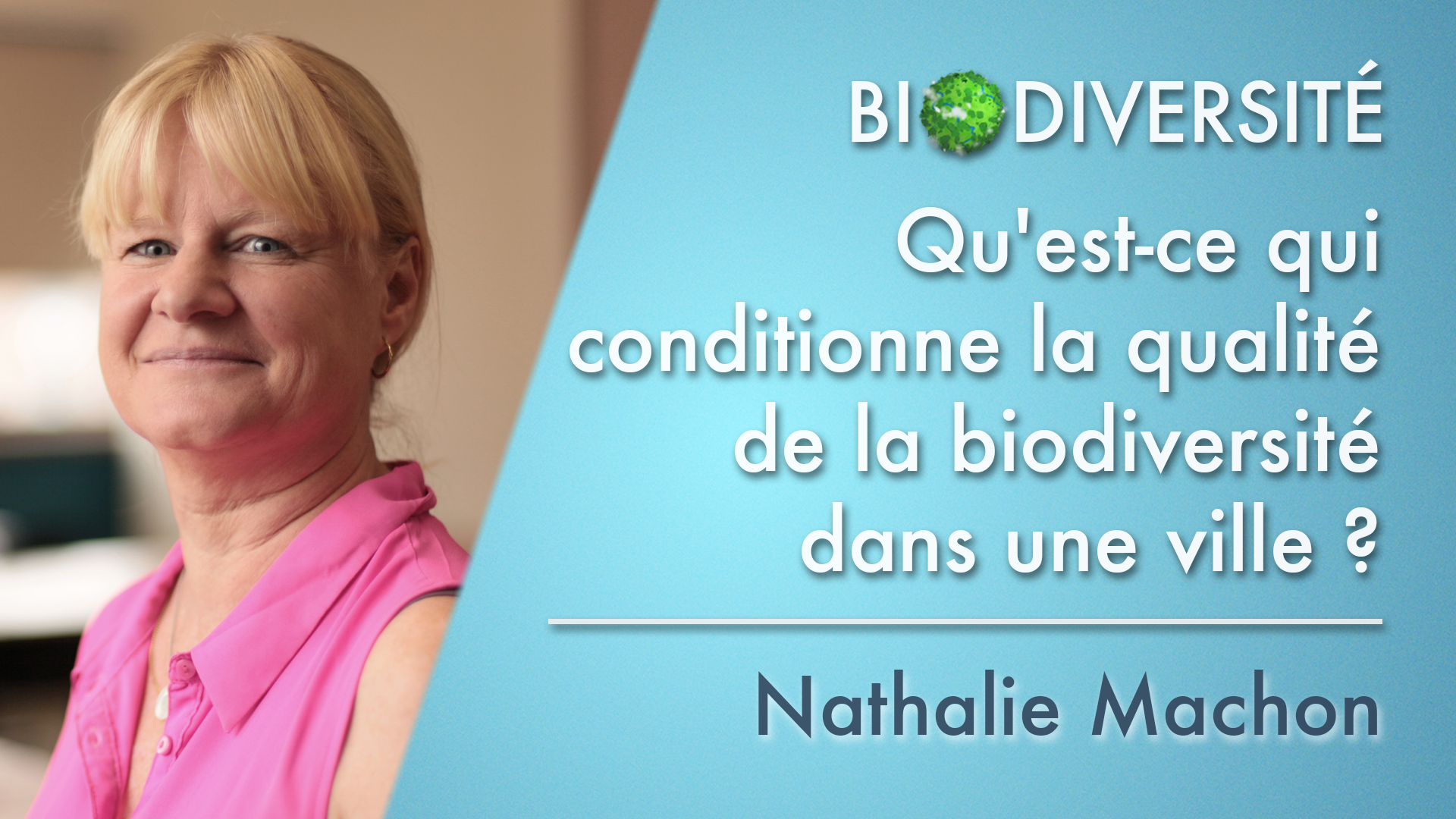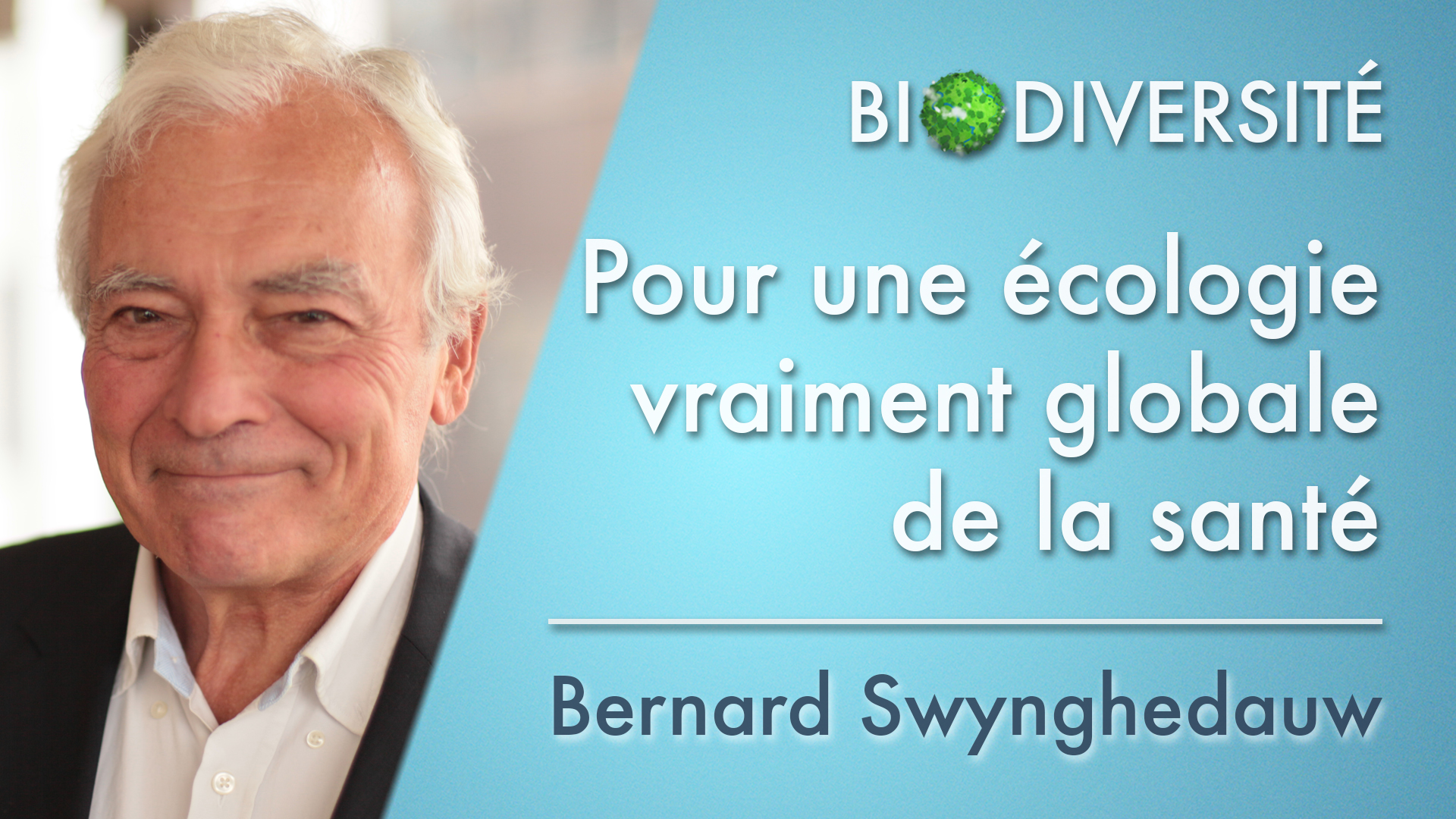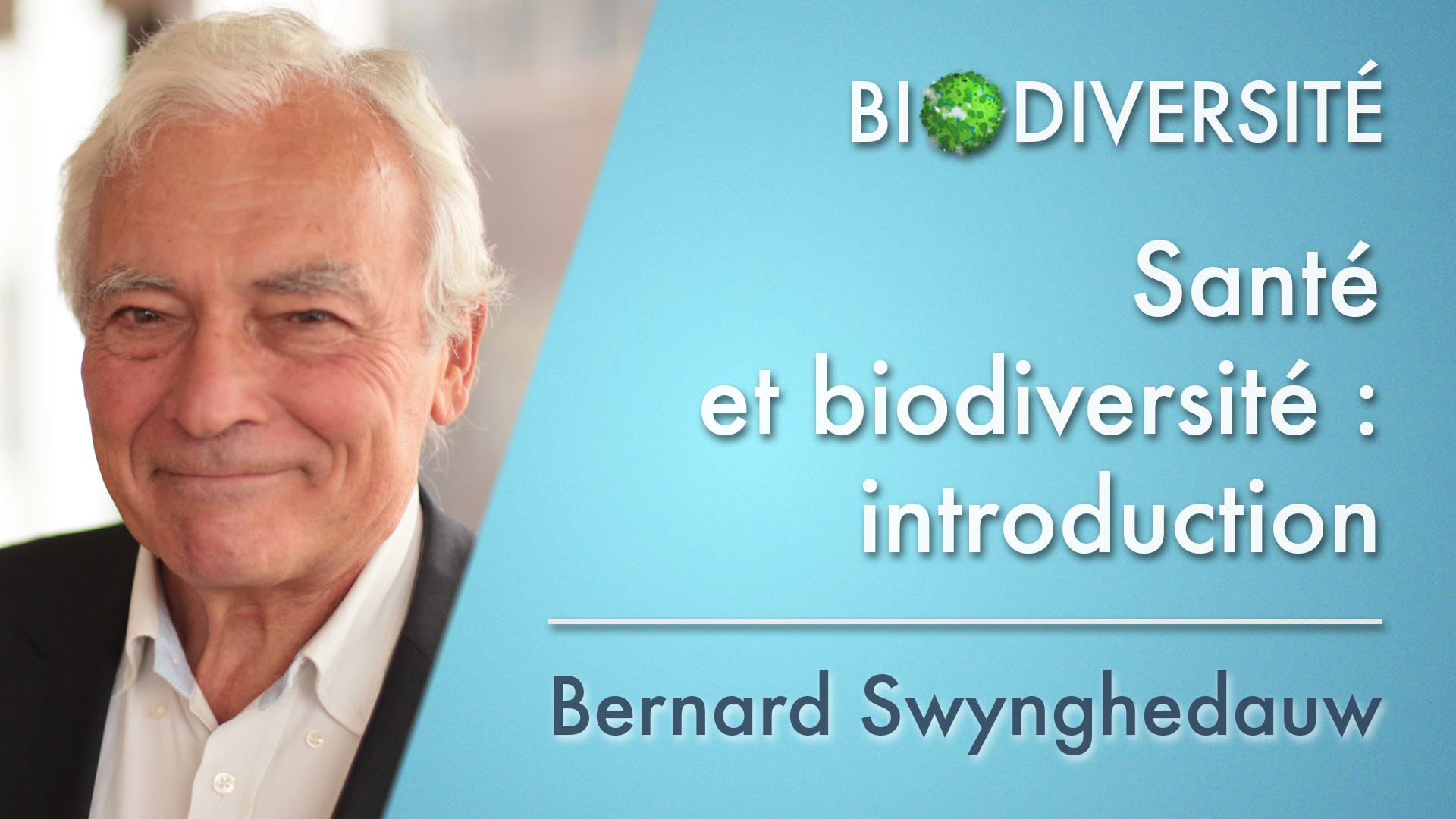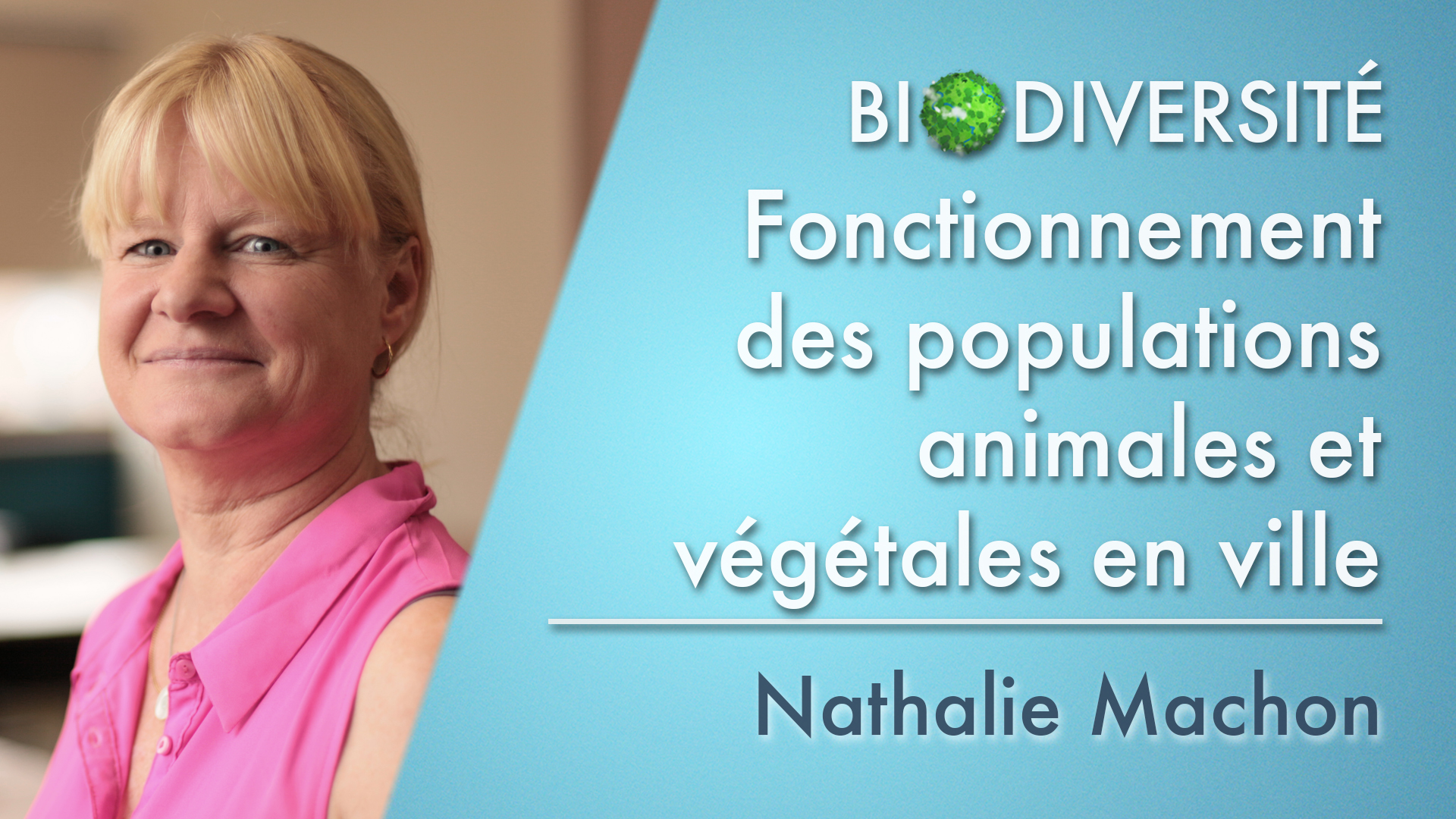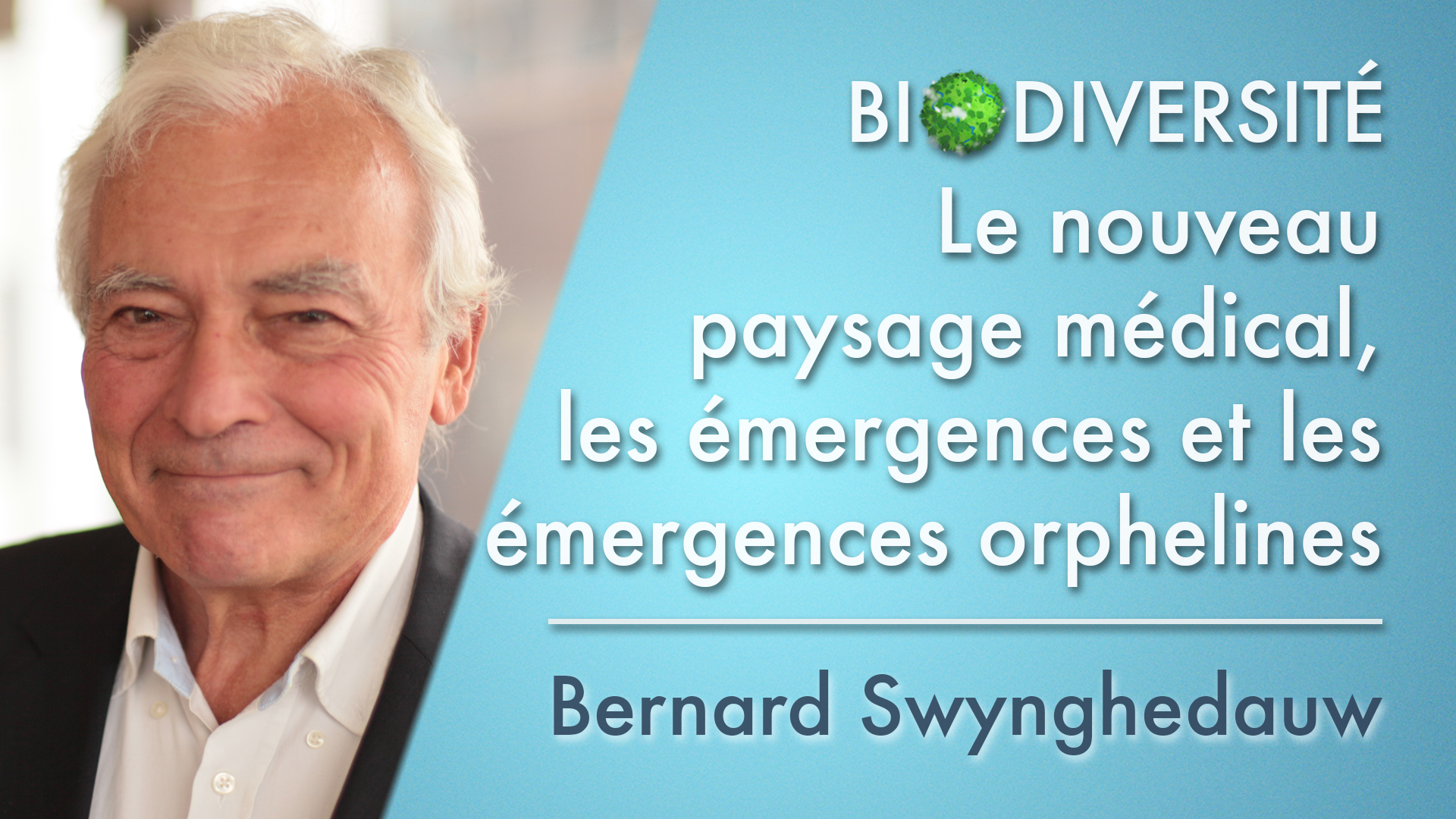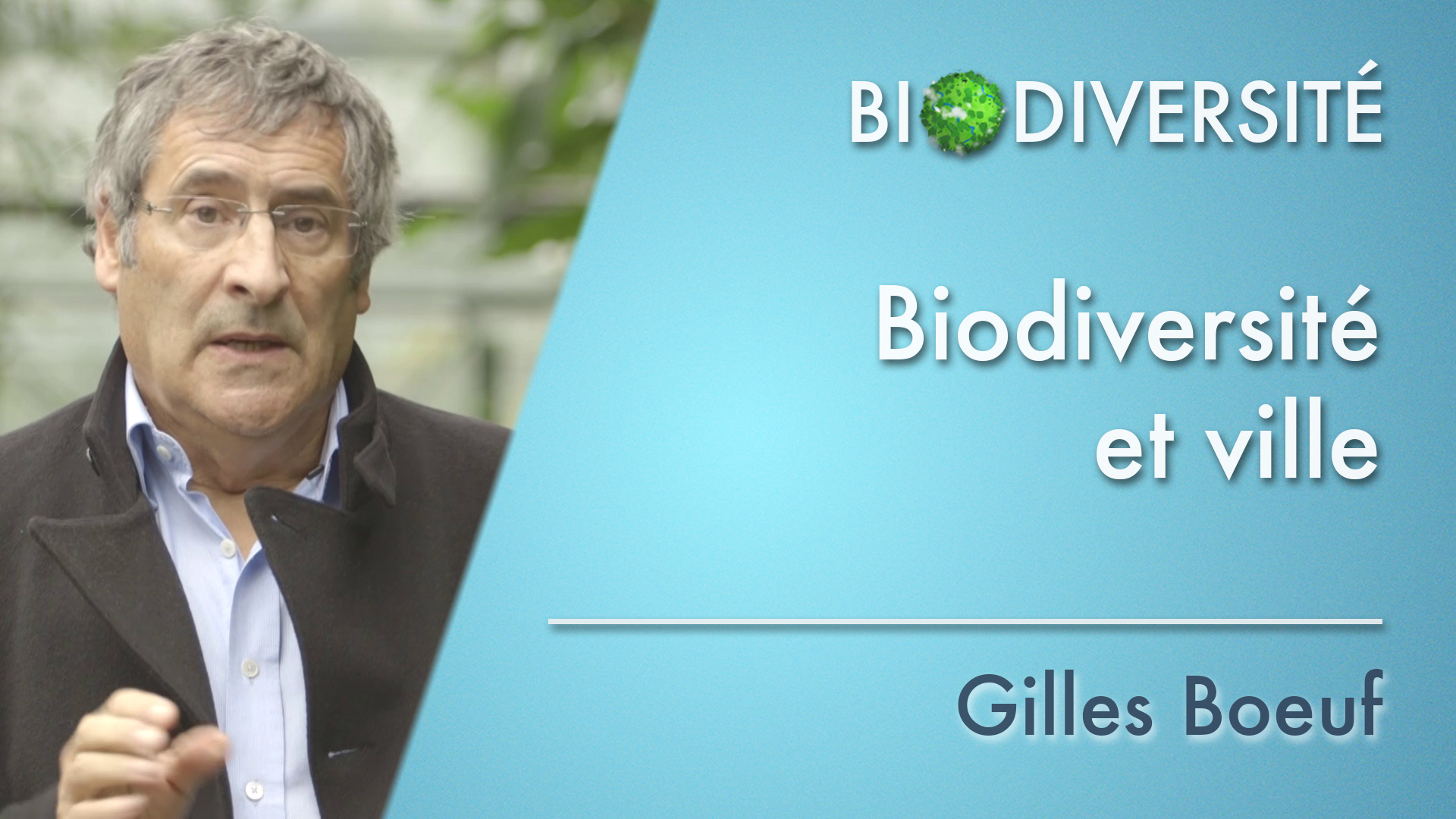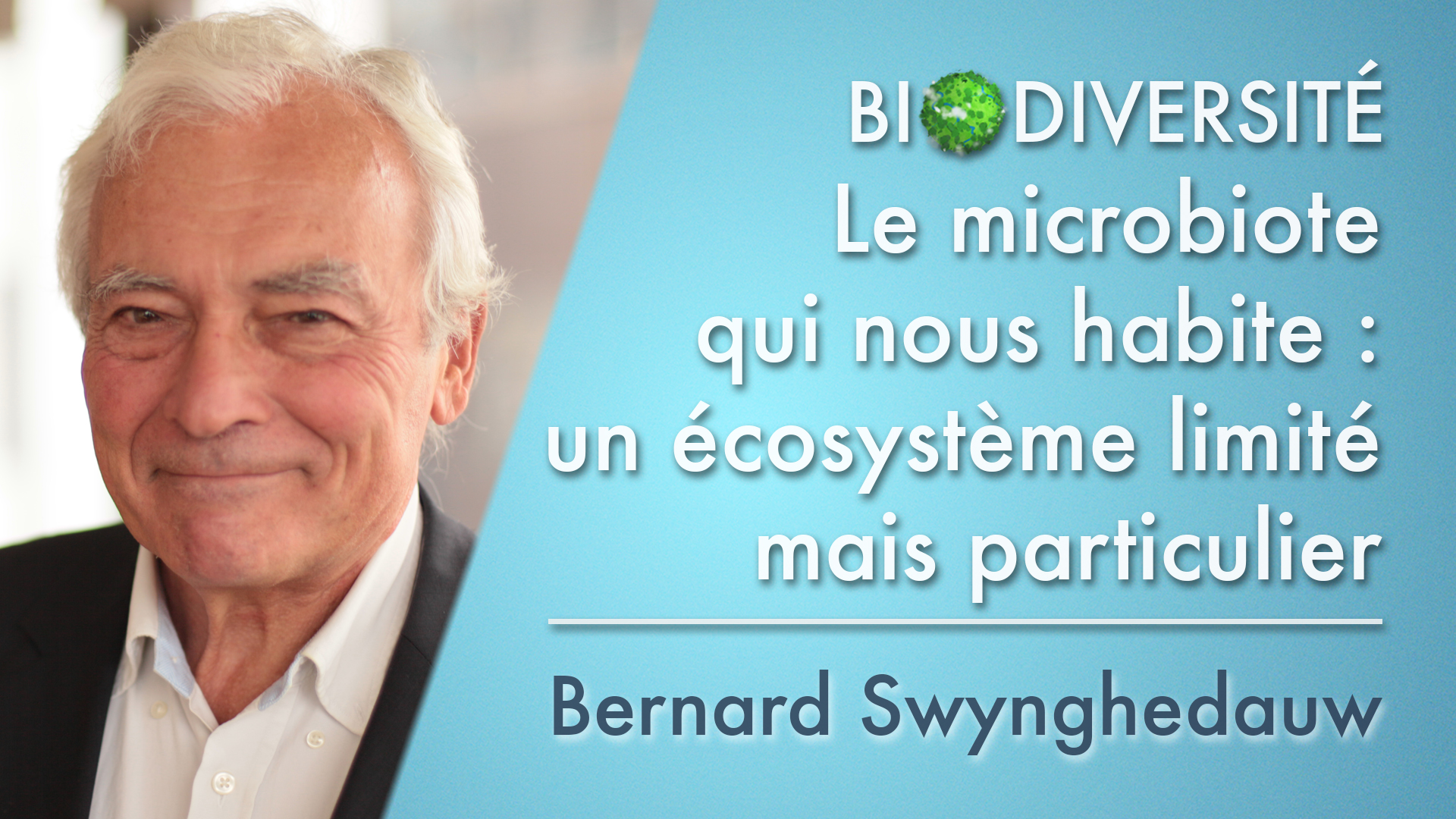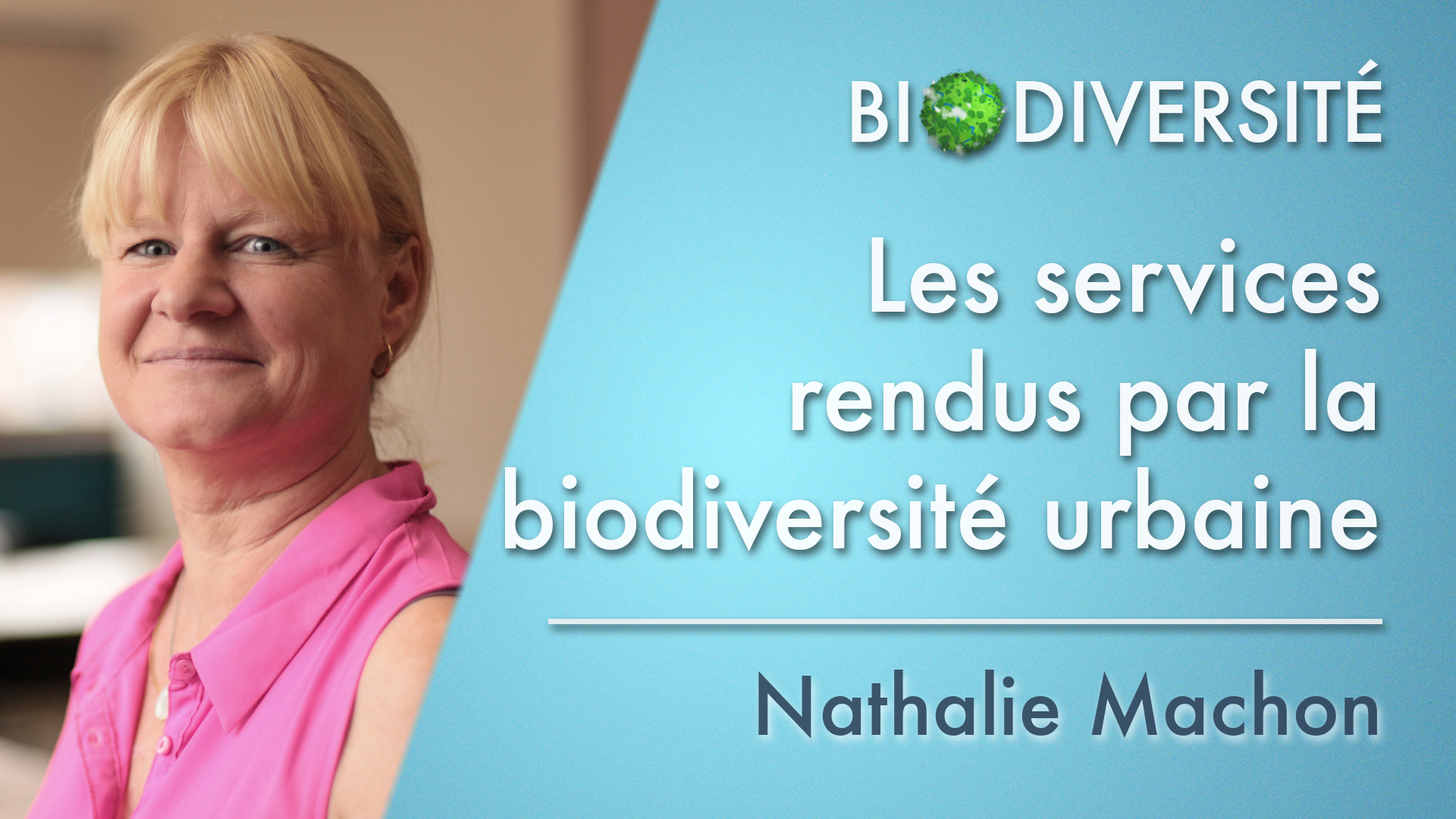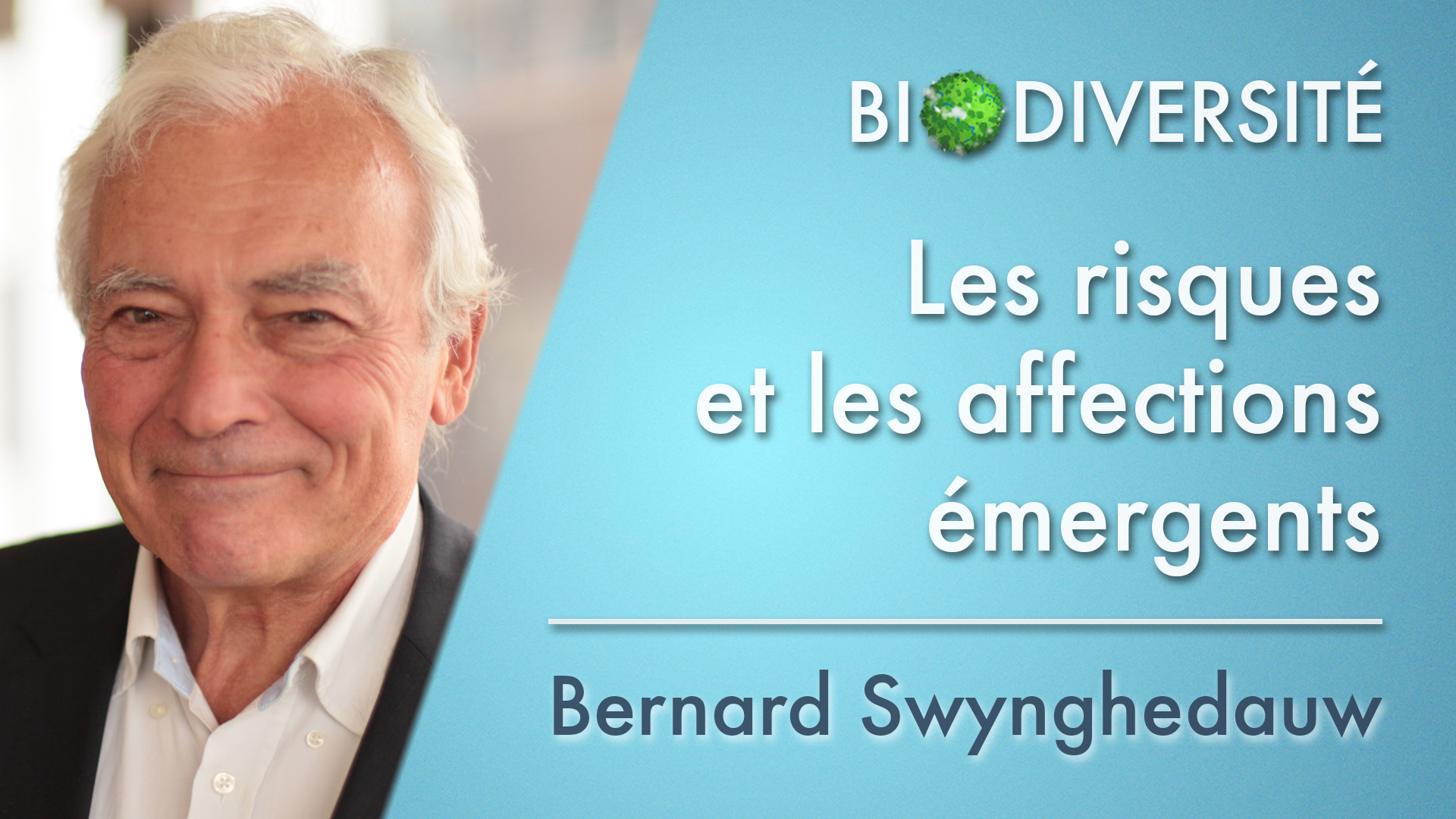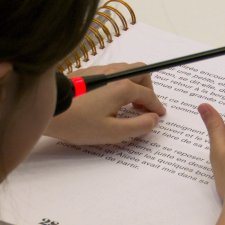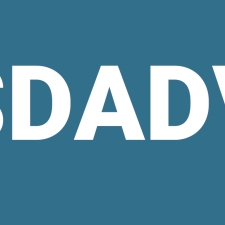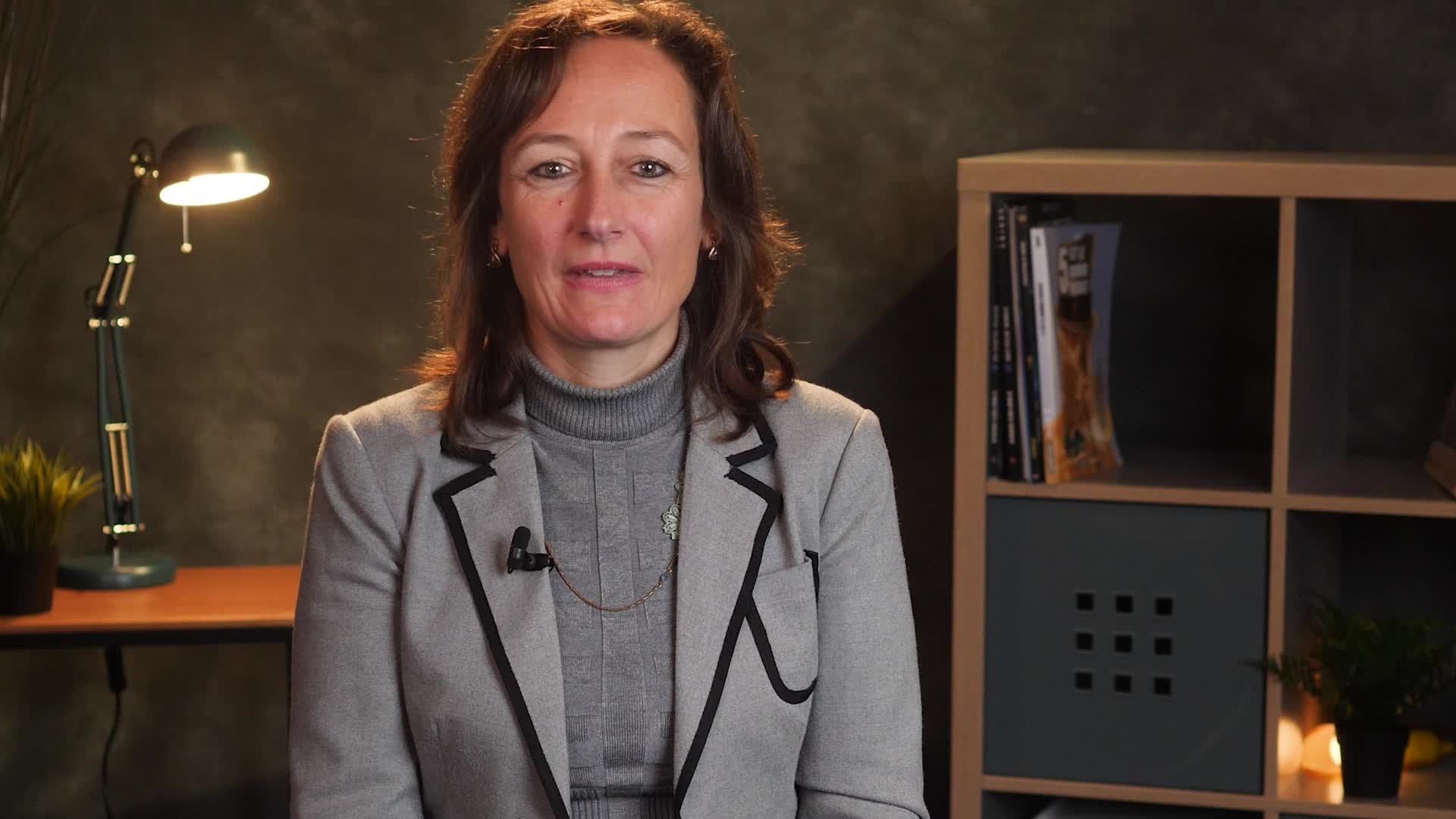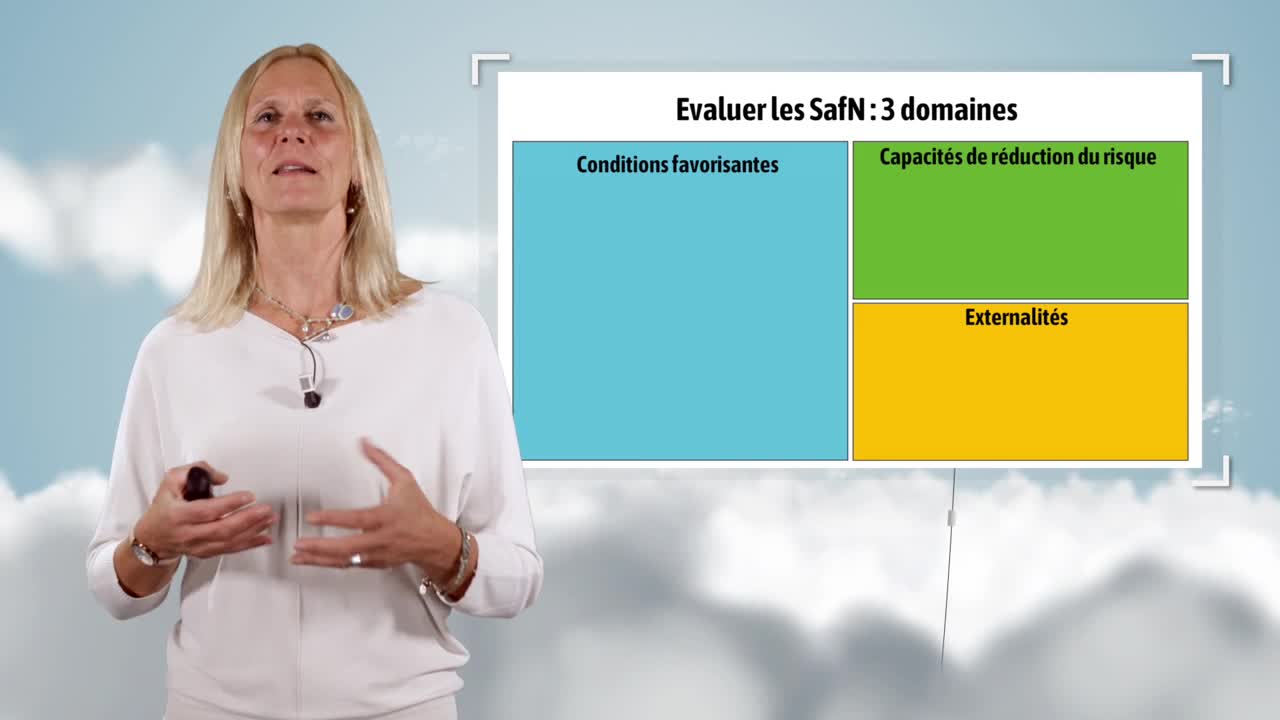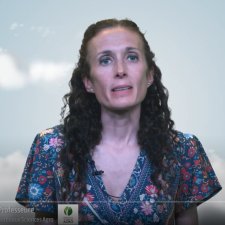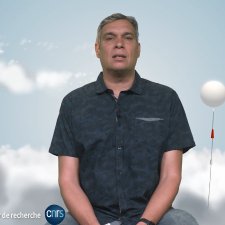Notice
7. Pour une écologie vraiment globale de la santé
- document 1 document 2 document 3
- niveau 1 niveau 2 niveau 3
Descriptif
Bernard Swynghedauw plaide dans cette présentation pour une écologie globale de la santé, cherchant notamment à mieux prendre en compte le microbiote dans les questions de santé publique. Il pose en filigrane la question de la capacité de l'homme à s'adapter à lui-même.
Dans la même collection
-
Biodiversity and health - Introduction
Bernard Swynghedauw explores with us a still quite unknown biodiversity, which plays an essential role for our development: the microbiota. It consists of all the microorganisms living in our organism
-
EN-2. The most biodiversity-related elements to health
SwynghedauwBernardBernard Swynghedauw presents the main groups of living organisms (prokaryotes, eukaryotes, virus), and evokes the link between this biodiversity and the health, insisting on two aspects: the dilution
-
EN-9. The urban biodiversity
MachonNathalieWith Nathalie Machon, we will discover the urban biodiversity. She proposes a zoning of cities depending on the extent of the green areas, then she explains the ecological features specific to this
-
EN-4. Microbial biodiversity changes caused by human activity
SwynghedauwBernardBernard Swynghedauw talks about the microbial biodiversity. He first defines it, then he highlights the changes which affect it, related to the human activities. He also brings us data regarding the
-
EN-12. What determines the quality of urban biodiversity ?
MachonNathalieNathalie Machon presents some factors influencing the quality of the urban biodiversity: climate, soil features, age of the habitat, fragmentation and heterogeneity of the green areas... She concludes
-
EN-7. How to achieve a truly comprehensive ecology of health
SwynghedauwBernardBernard Swynghedauw speaks in favour of a truly comprehensive ecology of health. He especially wants to better take into account the microbiota in the public health issues. He also raises the question
-
EN-1. Health and biodiversity: what links
SwynghedauwBernardBernard Swynghedauw defines the biodiversity, the health, and the disease. He evidences the importance of the environmental and / or genetic factors in the appearance of diseases. He also links the
-
EN-10. The functioning of urban animal and plant populations
MachonNathalieNathalie Machon brings data about the functioning of urban animal and plant populations. The cities are environments marked by an important fragmentation of habitats and by constraining
-
EN-5. The new medical landscape, emerging risks and diseases
SwynghedauwBernardBernard Swynghedauw proposes an overview of the epidemiological transitions over the last centuries, with a decrease of the mortality linked to the infections, and an increase of the mortality linked
-
Biodiversity and the city - Introduction
The cities still grow all around the world, and are environments which are very modified by humans. The urban living conditions constitute as many constraints as opportunities for the biodiversity. It
-
EN-3. The microbiota we host: a limited but specific ecosystem
SwynghedauwBernardBernard Swynghedauw comes back to the microbiota we host, that is the bacterial life we coexist and coevolve with. He evidences its distribution inside our organism, some factors which are responsible
-
EN-11. Services rendered by the urban biodiversity
MachonNathalieNathalie Machon uses the approach of ecosystem services to highlight the interest in preserving and promoting the urban nature: supply services, control services, cultural services and support
Avec les mêmes intervenants et intervenantes
-
EN-3. The microbiota we host: a limited but specific ecosystem
SwynghedauwBernardBernard Swynghedauw comes back to the microbiota we host, that is the bacterial life we coexist and coevolve with. He evidences its distribution inside our organism, some factors which are responsible
-
EN-6. Emerging risks and diseases
SwynghedauwBernardBernard Swynghedauw proposes an overview of the new medical landscape, marked by the emergence of several risks and diseases. He especially explores the age, the infectious risk and the immune risk,
-
EN-1. Health and biodiversity: what links
SwynghedauwBernardBernard Swynghedauw defines the biodiversity, the health, and the disease. He evidences the importance of the environmental and / or genetic factors in the appearance of diseases. He also links the
-
EN-4. Microbial biodiversity changes caused by human activity
SwynghedauwBernardBernard Swynghedauw talks about the microbial biodiversity. He first defines it, then he highlights the changes which affect it, related to the human activities. He also brings us data regarding the
-
EN-7. How to achieve a truly comprehensive ecology of health
SwynghedauwBernardBernard Swynghedauw speaks in favour of a truly comprehensive ecology of health. He especially wants to better take into account the microbiota in the public health issues. He also raises the question
-
EN-2. The most biodiversity-related elements to health
SwynghedauwBernardBernard Swynghedauw presents the main groups of living organisms (prokaryotes, eukaryotes, virus), and evokes the link between this biodiversity and the health, insisting on two aspects: the dilution
-
EN-5. The new medical landscape, emerging risks and diseases
SwynghedauwBernardBernard Swynghedauw proposes an overview of the epidemiological transitions over the last centuries, with a decrease of the mortality linked to the infections, and an increase of the mortality linked
-
3. Le microbiote qui nous habite : un écosystème limité mais particulier
SwynghedauwBernardBernard Swynghedauw revient sur le microbiote qui nous habite, à savoir le monde bactérien avec lequel nous coexistons et nous co-évoluons. Il met en évidence sa distribution au sein de notre
-
5. Le nouveau paysage médical, les émergences et les émergences orphelines
SwynghedauwBernardBernard Swynghedauw propose dans cette intervention un aperçu des transitions épidémiologiques de ces derniers siècles, avec notamment une diminution de la mortalité liée aux infections et un
-
6. Les risques et les affections émergents
SwynghedauwBernardDans cette présentation, Bernard Swynghedauw propose un aperçu du nouveau paysage médical, marqué par l'émergence de plusieurs risques et affections. Il explore tout particulièrement l'âge, le risque
-
1. Santé et biodiversité : introduction
SwynghedauwBernardBernard Swynghedauw définit dans cette présentation ce que sont la biodiversité, la santé et la maladie. Il met en évidence l'importance des facteurs environnementaux et/ou génétiques dans l
-
2. Les éléments de la biodiversité qui concernent le plus la santé
SwynghedauwBernardDans cette intervention, Bernard Swynghedauw présente les grands groupes d'organismes vivants (procaryotes, eucaryotes, virus), et évoque le lien entre cette biodiversité et la santé en insistant sur
Sur le même thème
-
Lecture en braille de l'ouvrage "Le vénérable Mélèze" de Gilles Mottet à la médiathèque Marguerite …
ChotinAnneLe 14-05-2025 a eu lieu une lecture en braille de l'ouvrage "Le vénérable Mélèze" de Gilles Mottet à la médiathèque Marguerite Duras à Paris, organisée par l'INSEI et la Fédération des Aveugles et
-
Présentation du Service des Documents Adaptés aux Déficients Visuels (SDADV)
Le service des documents adaptés aux personnes déficientes visuelles, SDADV, est un service du pôle ressources de l’Institut National Supérieur de Formation et de Recherche pour l’Éducation Inclusive.
-
William Blake et « l’impression enluminée »
Collé-BakNathalieWilliam Blake et « l’impression enluminée » par Nathalie Collé (Université de Lorraine)
-
Nature-based climate change adaptation solutions in French overseas departments
DuvatVirginieVirginie Duvat, a professor at La Rochelle University, looks at Nature-based Solutions (NbS) in this video.
-
Mixed farming and climate change
Ellies-OuryMarie-PierreMarie-Pierre Ellies, a professor at Bordeaux Sciences Agro, discusses the changes taking place in mixed crop and livestock farming areas in the context of climate change in this video.
-
Coastal areas and climate change
CastelleBrunoBruno Castelle, a CNRS research director, discusses the adaptation of coastal areas to climate change in this video.
-
Mountain tourism in the face of climate change
George-MarcelpoilEmmanuelleEmmanuelle George, a researcher at the INRAE, looks at the changes in activity in French ski resorts in the context of climate change in this video.
-
Urban areas and climate change
CompagnonDanielDaniel Compagnon, a professor at Sciences Po Bordeaux, looks at the multiple challenges caused by climate change on urban environments in this video.
-
Adaptation to climate change: an introduction
SchipperE. Lisa F.Lisa Schipper, a professor at the University of Bonn (Germany), looks at adaptation to climate change in this video.
-
Marine biodiversity and climate change
BeaugrandGrégoryGrégory Beaugrand, a CNRS research director, discusses how marine biodiversity responds to climate change in this video.
-
Zones littorales et changement climatique
CastelleBrunoBruno Castelle, directeur de recherche au CNRS, discute dans cette vidéo de l’adaptation des zones littorales au changement climatique.
-
Les Solutions d'adaptation au changement climatique fondées sur la Nature dans les Outre-mer frança…
DuvatVirginieVirginie Duvat, professeure à La Rochelle Université, s’intéresse dans cette vidéo aux Solutions d’adaptation au changement climatique fondées sur la Nature (SafN).


